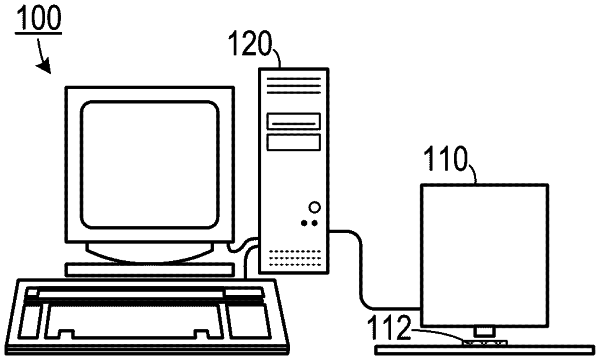| CPC G06T 5/002 (2013.01) [G06T 5/20 (2013.01); H04N 1/00132 (2013.01); H04N 23/80 (2023.01); H04N 25/671 (2023.01); G06T 2207/10056 (2013.01); G06T 2207/10064 (2013.01); G06T 2207/30024 (2013.01)] | 19 Claims |

|
1. A method of filtering an image from data received from a CMOS camera, comprising the steps of:
(a) loading image data corresponding to an initial image from the CMOS camera, wherein the initial image is of a known type in a two-dimensional domain;
(b) loading camera parameters corresponding to the CMOS camera;
(c) removing fixed pattern noise associated with the CMOS camera from the image data based on the camera parameters;
(d) generating a readout noise estimation based on characteristics of the CMOS camera and filtering estimated readout noise from the image data; and
(e) performing sparse filtering on the image data by performing steps including:
(i) selecting at least a first plurality of sub-frames within the initial image that have similar features;
(ii) applying a three-dimensional transform on sub-frame data corresponding to the first plurality of sub-frames so as transform the sub-frame data into a non-two-dimensional domain, thereby generating a first transformed data set;
(iii) filtering noise data from the first transformed data set using predetermined thresholds so as to generate a first thresholded image data set; and
(iv) applying a reverse three-dimensional transform on the first thresholded image data set so as to generate a thresholded image.
|